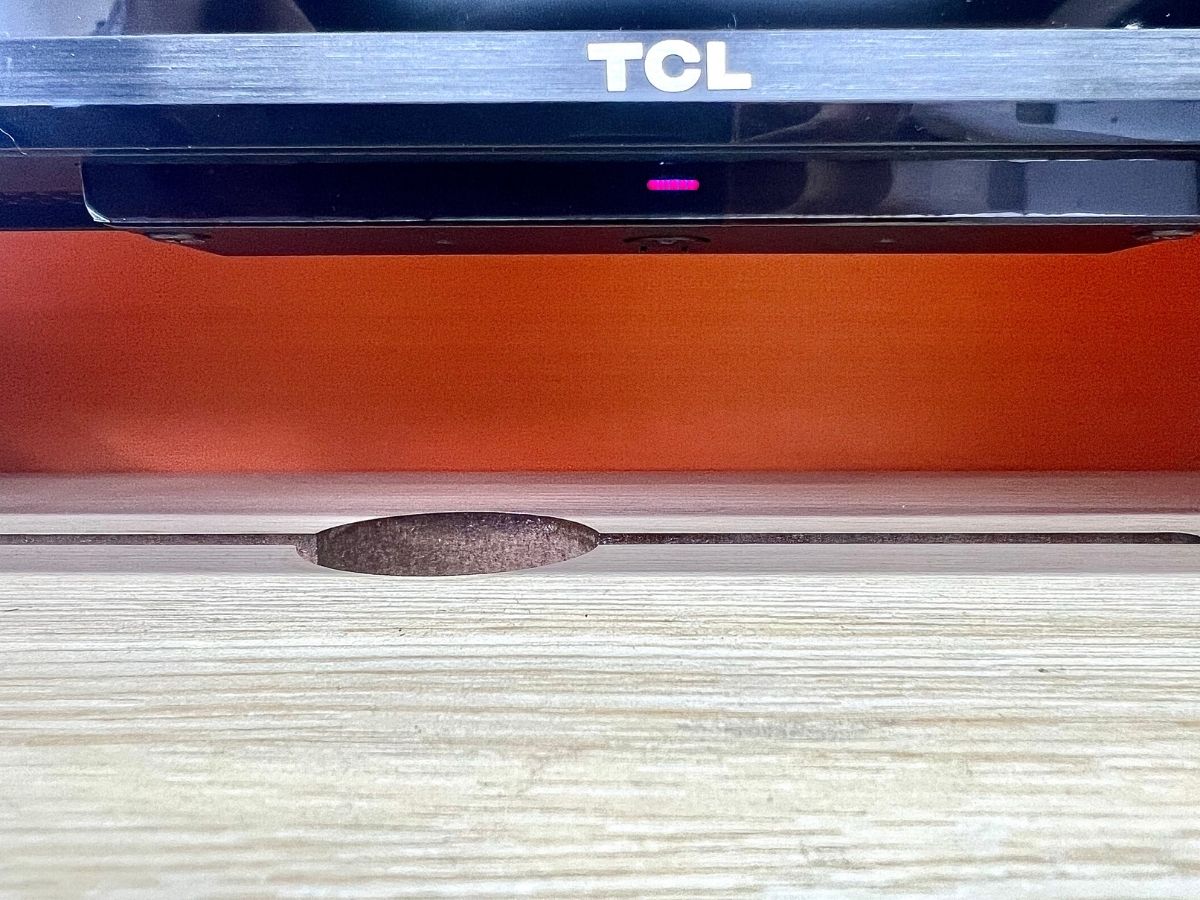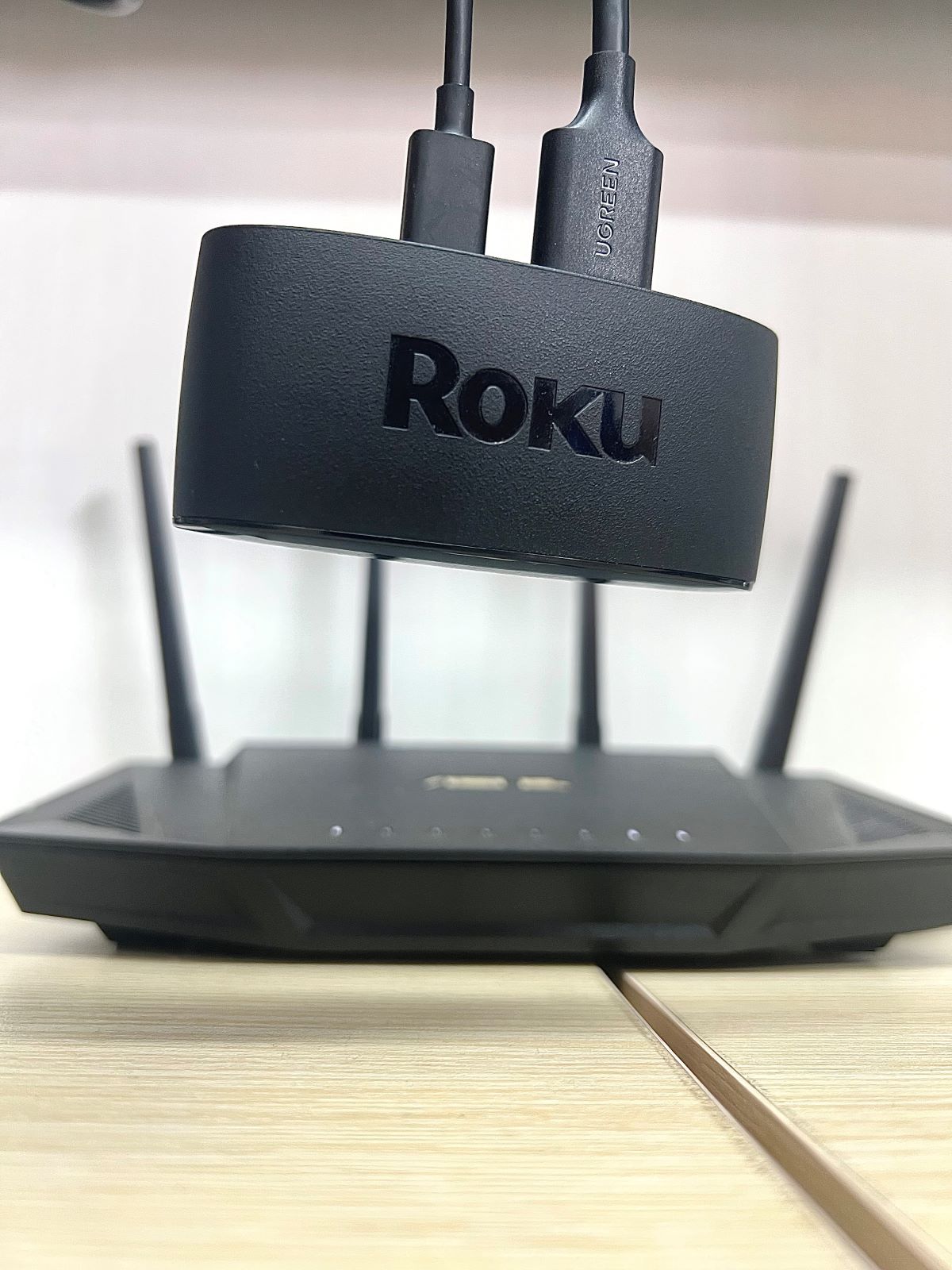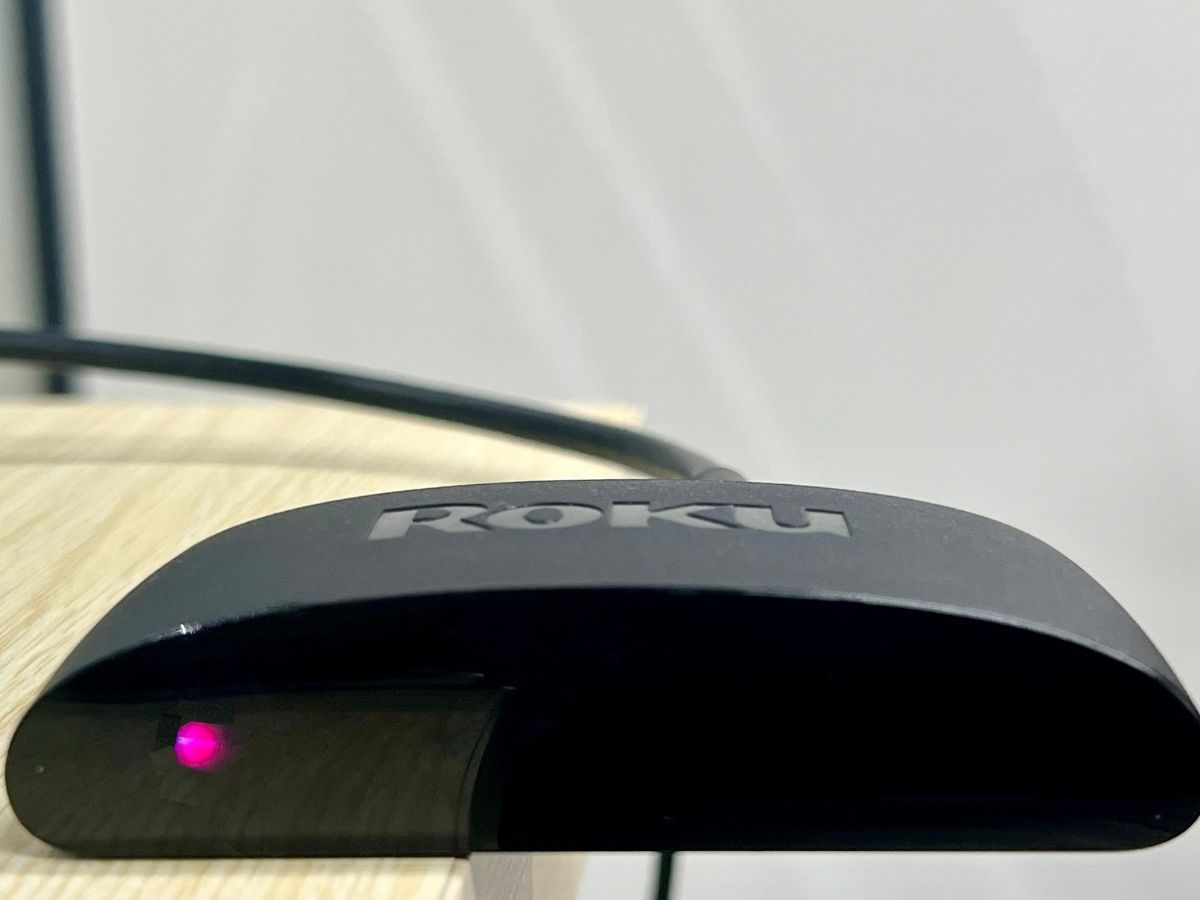5 Fixes for a Roku TV’s Flashing Red Light: From onn. to TCL

What To Know
- A constantly blinking red LED light on a Roku TV can signify issues such as connection problems, low power supply, or software updates.
- Effective fixes include manually reconnecting to Wi-Fi, ensuring a stable power supply, and checking or replacing the TV’s power board or backlight.
- If troubleshooting fails, contact the TV manufacturer or Roku; avoid self-repairing, especially if the TV is under warranty.
Encountering a flashing red light on your Roku TV, be it an onn. Roku TV or any other brand, can be disconcerting.
If you’ve landed here after searching for solutions to this issue, rest assured this guide will help.
I’ll dive deep into the reasons behind this mysterious blinking, offering step-by-step solutions to get your TV running smoothly again.
Say goodbye to uncertainty and confidently address this common Roku TV hiccup.
Quick Navigation
- Why Is My Roku TV LED Light Blinking Red Constantly?
- 1. Manually Reconnect to Your Wi-Fi Network
- 2. Provide Your Roku TV With a Stable/Sufficient Power
- 3. Your Roku TV’s Power Board Needs to Be Replaced
- 4. Your Roku TV’s Backlight Needs a Replacement
- 5. Contact the Manufacturer
- FAQ: Why Does My Roku Player Blink Red?
- Conclusion
Note: The blinking red light issue can occur either on a Roku TV or a streaming device.
Why Is My Roku TV LED Light Blinking Red Constantly?
Like most TVs, your Roku TV has a small LED light on the front. The light helps indicate critical TV statuses. It usually denotes whether the device is powered off.
When you press a key on the TV remote, the light blinks to indicate the TV received the command and shall respond.
When the TV is powered on, the LED light could change to white, green, or some other color based on the TV model and make. A TCL Roku TV, for instance, may not have the same light pattern as a Sharp, Hisense, or onn. Roku TV.
The LED light usually goes off or turns white. As stated above, it flashes when you press the remote control buttons. The LED changing colors or blinking for a few seconds is expected behavior or could indicate something else.
A flashing red Roku TV led light could mean multiple things. The TV could be having issues connecting to your internet.
There could be insufficient or low power supply to the TV. Maybe the TV needs to be correctly plugged into the wall, or the cable is dangling loose.
In some instances, the TV’s software could be the cause. If so, a firmware or software update can fix the problem.
Or if the TV is downloading and installing the latest software, the flashing red light may indicate that. If the blinking light is software-related, it shall stop once the update’s complete.
If it’s not the software, cables, or power supply, most likely, the hardware is faulty—for example, a circuitry issue. Since there’s no definite cause, try one thing at a time. Below is a list of them all.
1. Manually Reconnect to Your Wi-Fi Network

A Roku TV user shared their experience on an online forum.
The particular user tried to reset the router that was already connected to his Roku TV and working fine.
After the reset, the Hisense TV couldn’t reconnect to the internet router and blinked the red two times. The user reconnected the two devices manually, and things started to work normally again.
Here are the steps to manually connect the devices:
- Unplug the Roku TV and router, and let them stay unplugged for at least 30 seconds to a minute (press and hold the TV’s Power button simultaneously).
Note: In case you don’t want to hold the TV’s Power button for 30 seconds constantly, leave the TV unplugged for two minutes minimum. - Plug the devices back in and wait for the router to go online again.
- Head to your Roku TV’s Network settings and connect the TV manually to the router.
If your Wi-Fi network is okay, checking the connection in the TV’s settings could fix any issues there could be.
- Head to Settings and choose Network.
- Select Check connection. Be patient.
- Hit OK when done. The problem should now be rectified.
Here is a video showing how checking the TV’s online status when it’s working fine stops the red light from flashing:
2. Provide Your Roku TV With a Stable/Sufficient Power

When your Roku TV’s power supply is lacking or unstable, the LED light goes off intermittently. The TV screen may also show an “insufficient power” message concomitantly.
The LED light will typically blink three times leisurely every few seconds. To stop the light flashing, try the following:
- Check whether your Roku TV’s power cord is in the good state. If it’s defective, it could cause power supply problems.
- If the TV is connected to a power strip, plug it into a power outlet. Power strips could usher in power supply inconsistencies or fluctuation concerns.
The power strip’s various features, such as a built-in surge protector, may not be compatible with your TV’s specific power requirements and could hamper the power supply, causing the flashing light problem. In other words, the power strip’s rating may be less than the TV’s power needs.
At times, third-party cables could be causing the issue. They may not be built to the necessary standards or made with subpar materials. The line could have inadequate insulation or poor shielding, which may cause connectivity problems.
The cable’s length could also be an issue. Excessively long wires are not ideal or could introduce voltage drops, hurting the power supply to your Roku TV and causing the light to flash.
3. Your Roku TV’s Power Board Needs to Be Replaced
Your Roku television’s power board could have gone bad, and replacing it may change fortunes, as it did for this user.
Dismantling the TV and replacing the power board is not your typical DIY endeavor, however. If you’ve never done it before, you may damage the parts and expose yourself to potential electrical hazards.
Even if you’re handy with electronics, do not replace the panel yourself, especially if the TV is under warranty and you don’t want to void it.
Dig in if the warranty has elapsed, but only if you know what you’re doing. Check out some tutorials or videos online to understand what you’re dealing with. Watch this video to get a general overview:
If the TV is under warranty, get a certified technician to take a look, even if you’re well-versed in electronics. Not doing so can void the TV’s warranty.
Professionals generally have the know-how and tools to repair a device without impacting its warranty.
Luckily, a power board doesn’t cost a fortune, and changing the board isn’t time-consuming too. The cost and complexity, however, may vary based on the TV model.
How to Confirm that the Power Board Is Faulty
Since replacing the power board is a significant step, confirm the same or rule out possibilities. Power-cycle your TV. Change the TV’s power outlet. If the blinking persists, open the TV and examine the board for visible signs of abnormalities or damage.
Burnt components, leaking or bulging capacitors, loose connections, etc., are signs of a physically damaged board. If you see them, the board is compromised.
Note: A power supply board is not the same as a motherboard. The power board supplies power to the TV’s different components. It receives electrical power and converts the energy to voltages appropriate to your TV’s internal circuitry requirements.
On the other hand, a motherboard is the TV’s main circuit board connecting and managing the device’s major components. The power board houses capacitors, voltage regulators, transformers, etc. The motherboard contains the microprocessor, I/O ports, memory chips, video processing circuitry, etc.
4. Your Roku TV’s Backlight Needs a Replacement
The TV’s backlight or LED lighting could be faulty, causing the flashing light problem.
You can replace the LED light or get a professional in such a situation.
If you decide to DIY, here is a video showing how to change the LED lighting:
As always, please don’t attempt to repair the device yourself if it’s under warranty that you don’t want to void.
5. Contact the Manufacturer
If none of the above measures help, talk to the manufacturer. If it’s a faulty Roku streaming device, contact Roku here.
If the issue lies with your Roku TV, contact the TV manufacturer. If it’s a TCL, call 1-877-300-8837 or send a message using this contact form.
Here is your Hisense TV contact page. You can call Hisense at +1(888)935-8880. Click here for onn. support page. You can email or call onn. support.
If you own a Sharp, call 1-888-935-8880 or email [email protected]. You can also reach out to all these brands through social media.
Note: Phone or chat support will likely not be 24×7, seven days a week, with all the brands.
FAQ: Why Does My Roku Player Blink Red?

As stated at the beginning, not just Roku TVs, Roku streaming players could also flash the red light.
The issue is mainly caused by insufficient power supply, particularly when the TV’s USB port powers the device.
The Roku player may work fine but crash, become unstable, or exhibit other signs, such as blinking the LED light.
If the TV powers your Roku player and the latter device flashes the red light, connect it to the wall outlet instead.
If the player shows a constant red light, the device has overheated and needs temperature regulation.
Unplug the device and bring it out in the open. Ensure it’s not near any heat-generating device.
Conclusion
Troubleshooting and fixing the Roku TV blinking red light is simple if you know how to tackle the situation.
Most users become clueless and even worried when they see the light flashing. Hopefully, you now know it’s not a major scare, and ways to remedy the problem exist.
If the above fixes don’t help, you can always contact the TV manufacturer or Roku.
Regardless, never open the device, especially if you’re unfamiliar with the process. It can be hazardous, and you may wreck the device further.
It’s advised not to dismantle your TV if it’s under warranty because you then relinquish the option to get any hardware issues with the device fixed for free in the future.
Catherine Tramell has been covering technology as a freelance writer for over a decade. She has been writing for Pointer Clicker for over a year, further expanding her expertise as a tech columnist. Catherine likes spending time with her family and friends and her pastimes are reading books and news articles.


